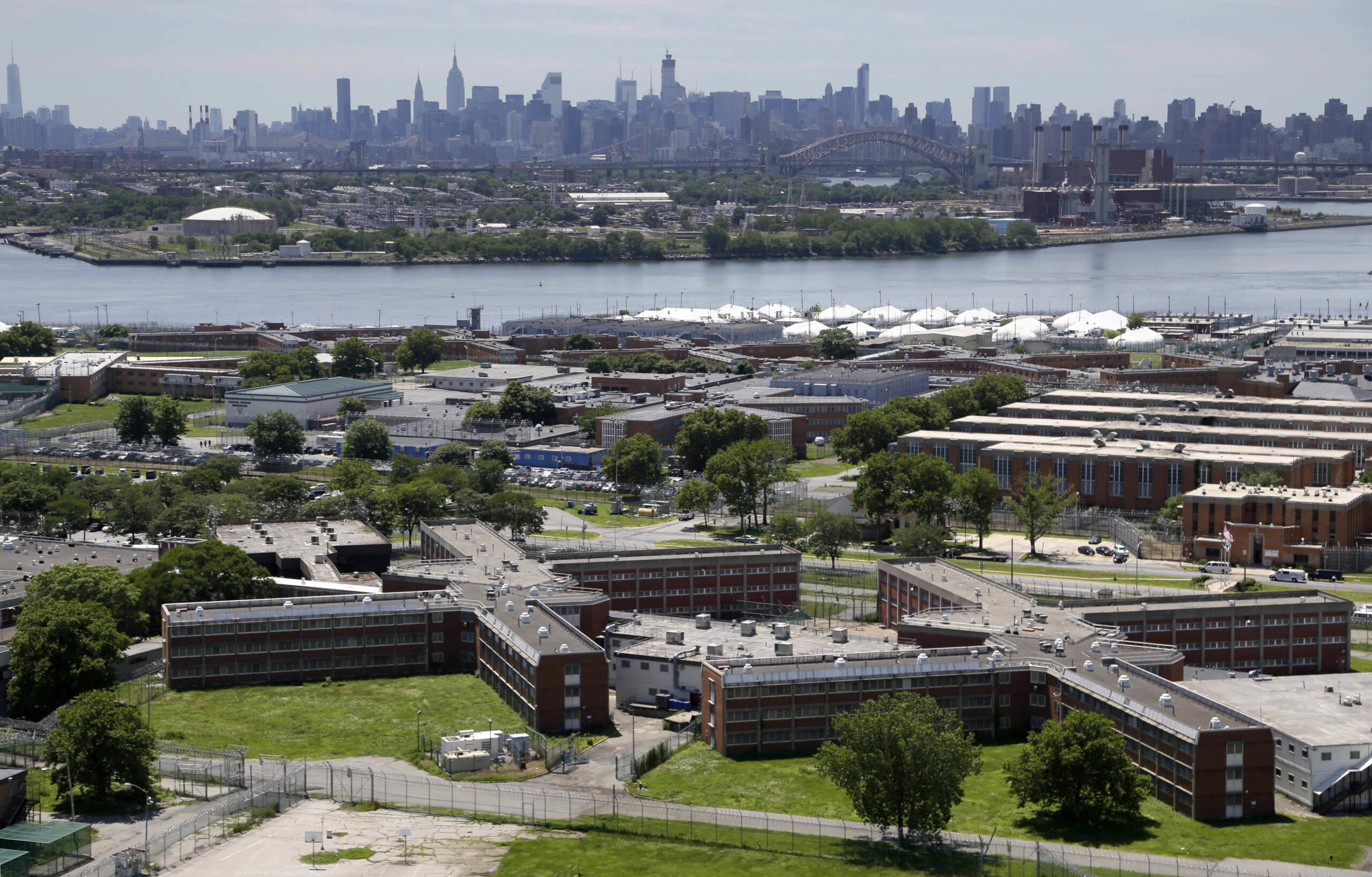
"The transformation of Rikers Island from a trash dump to a rebranded rehabilitation center reveals a history marked by neglect, overcrowding, and systemic brutality."
"Rikers was initially a hellscape dominated by fire and rats, which only began to change with efforts led by Robert Moses following the 1939 World's Fair."
"Despite intentions of rehabilitation, Rikers Island became synonymous with overcrowding and violence, highlighting ongoing issues in the penal system."
"The evolution of Rikers showcases a cycle of improvement efforts that have routinely failed to address the systemic issues inherent in the facility."
Rikers Island's history traces its evolution from a refuse site plagued by fires and rats to a reformed correctional facility, initiated by the need for cleanliness spurred by the 1939 World's Fair. Under Robert Moses' leadership, waste was redirected, and prison rehabilitation efforts were promoted. However, as incarceration rates surged, Rikers descended into overcrowding, neglect, and violence, becoming emblematic of New York City's penal system crisis. Despite initial aspirations for reform, the reality of life on Rikers remained marred by systemic issues that continue to challenge its operations.
Read at Brooklyn Eagle
Unable to calculate read time
Collection
[
|
...
]